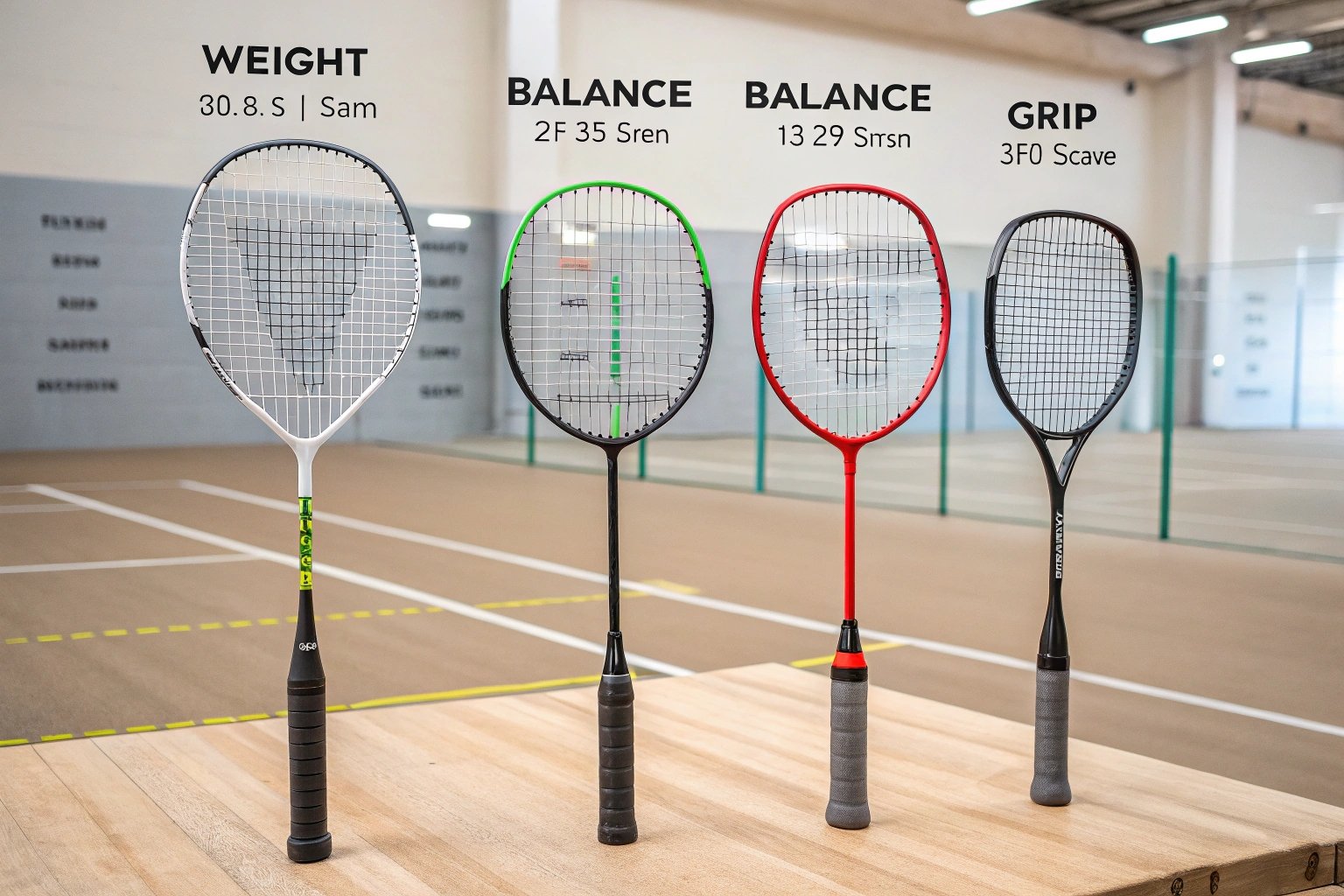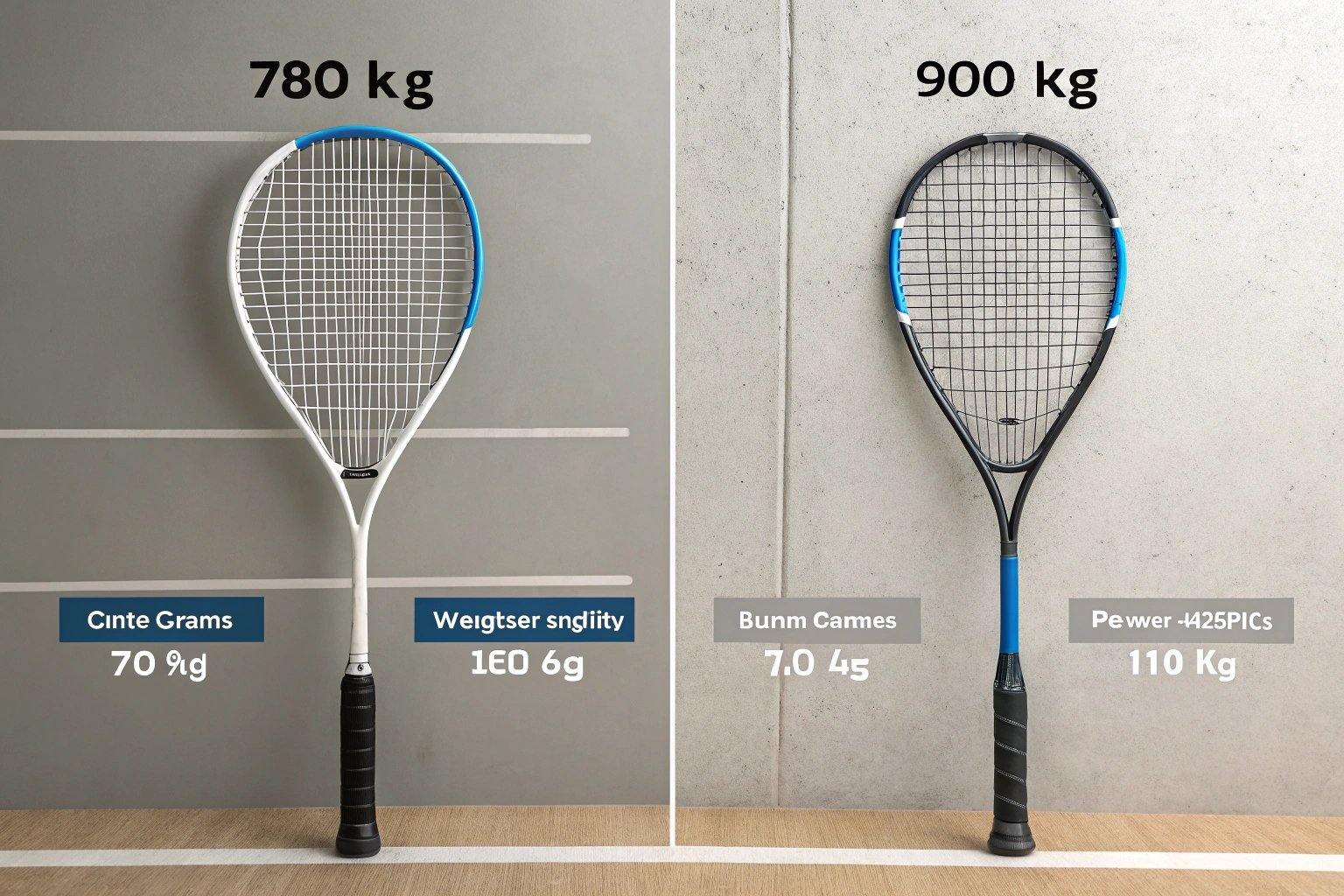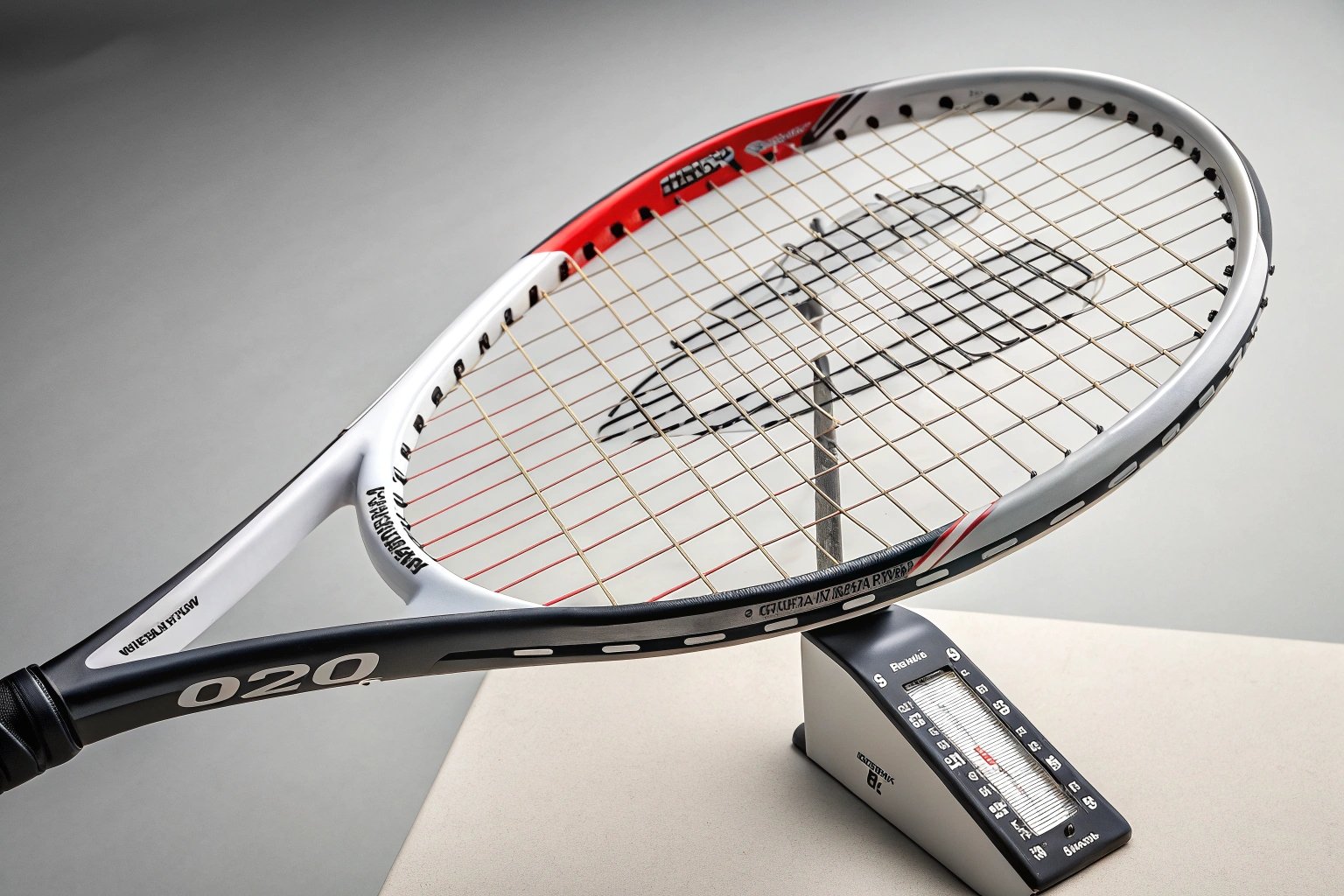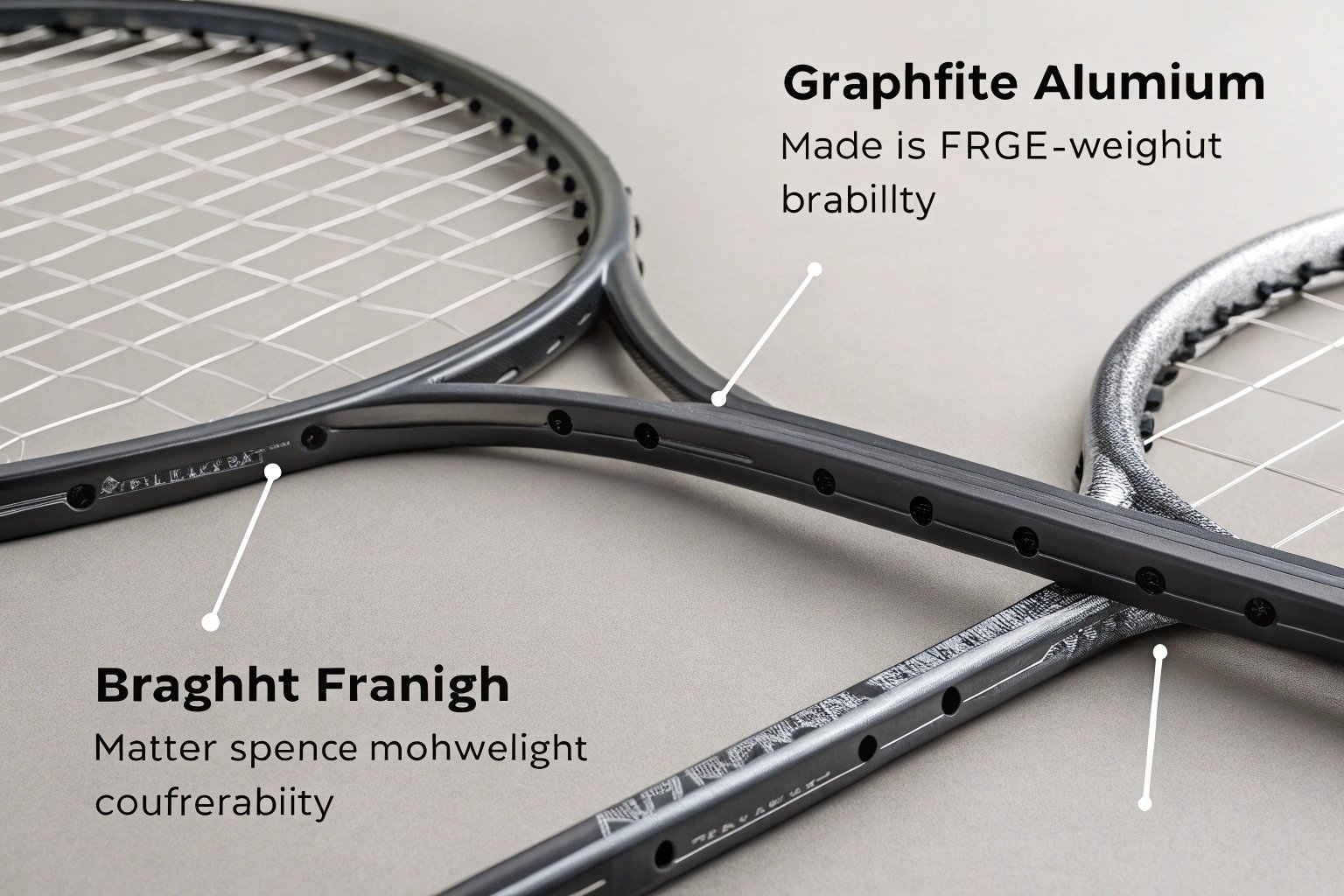Choosing the right badminton racquet is essential for improving your performance and ensuring a comfortable game. With so many options available, it can be overwhelming to pick the best one for you. This guide will help you make an informed decision.

When buying a badminton racquet, consider factors such as weight, balance, string tension, grip size, frame material, and your playing style. A racquet suited to your needs will elevate your game.
Let’s explore six important tips to keep in mind when selecting a badminton racquet that suits your game and playing style.
Consider the Weight of the Racquet
The weight of a badminton racquet plays a crucial role in how it feels during play. Lighter racquets offer greater maneuverability, while heavier racquets can provide more power and stability.

Choose a racquet weight based on your playing style. Lighter racquets are good for quick reflexes, while heavier ones give more power.
Badminton racquets typically range from 70 grams to 100 grams. Lighter racquets (around 70-80 grams) are easier to handle, making them a good choice for beginners and players who focus on speed and agility. These racquets allow for quicker wrist movements, which is ideal for fast rallies and defensive play.
On the other hand, heavier racquets (85-100 grams) provide more power, making them perfect for players who focus on smashes and aggressive shots. However, they can be more difficult to maneuver, especially during quick reactions.
Understand the Balance of the Racquet
The balance point of a badminton racquet determines its playability. A racquet can be head-heavy, head-light, or evenly balanced, and each type offers different advantages.

The balance of the racquet affects how it handles in your hand. Choose based on your play style: head-heavy for power, head-light for control, or evenly balanced for a mix of both.
-
Head-Heavy Racquet: This type of racquet has a higher balance point towards the top of the frame. It provides more power, making it ideal for players who rely on smashes and aggressive play. However, it may be less maneuverable in fast exchanges.
-
Head-Light Racquet: The balance point of this racquet is closer to the handle. It offers more control and quick maneuverability, making it suitable for defensive players and those who rely on fast, precise shots.
-
Evenly Balanced Racquet: As the name suggests, the weight is distributed evenly throughout the frame. This racquet provides a good combination of power and control, making it versatile for all types of players.
Choose the Right Grip Size
The grip size of your racquet affects both comfort and control. A grip that is too large or too small can cause discomfort and lead to poor technique.
Choose a grip size that fits your hand comfortably to ensure control and prevent injuries.
Grip sizes for badminton racquets typically range from G4 to G5 (with G4 being larger). To find the right grip size, hold the racquet with your playing hand and check if there’s a small gap between your thumb and index finger. If you can fit a finger in comfortably, the grip is likely the right size for you.
If the grip feels too large or small, you can adjust it by adding an overgrip or using a grip size that better suits your hand. A good grip will prevent slippage, reduce strain on your wrist, and enhance your control during play.
Frame Material
The material of the racquet frame impacts its durability, weight, and flexibility. The two main materials used in badminton racquets are aluminum and graphite.
Frame material influences the racquet’s performance. Graphite is light and strong, while aluminum is durable and budget-friendly.

-
Graphite: This is the most common material used in high-performance badminton racquets. It is lightweight, strong, and provides excellent power and control. Graphite racquets are ideal for advanced players and those who demand precision and speed.
-
Aluminum: Aluminum frames are typically more affordable and durable, making them a good choice for beginners or casual players. While they are heavier and less responsive than graphite, aluminum racquets still offer decent control.
-
Mixed Materials: Many racquets use a combination of materials, such as graphite and fiberglass, to balance power, control, and durability. These are often seen in intermediate racquets.
Consider the String Tension
The string tension of your badminton racquet directly affects how the shuttlecock reacts when it hits the strings. Higher tension provides better control, while lower tension offers more power.
String tension influences control and power. Higher tension gives more control, while lower tension provides more power.
-
High Tension (25-30 lbs): Higher string tension gives you better control over the shuttle, allowing for precise shots and more consistent returns. It’s ideal for advanced players who rely on accuracy.
-
Low Tension (18-24 lbs): Lower string tension provides more power, as it allows the strings to rebound the shuttle more quickly. This is beneficial for players who want to generate more force in their shots, particularly smashes.
-
Medium Tension (22-25 lbs): A balanced string tension offers a mix of power and control, making it suitable for all-around players.
Determine Your Playing Style
Your playing style will influence the type of racquet that suits you best. Whether you play aggressively at the net, prefer defensive strategies, or rely on fast reflexes, understanding your style will help guide your purchase.
Pick a racquet that complements your playing style to maximize your strengths.
-
Aggressive Players: If you rely on powerful smashes and attacking play, a head-heavy racquet with a stiffer frame and lower string tension will suit your needs. These racquets provide more power for aggressive shots.
-
Defensive Players: For those who focus on defense, control, and precision, a head-light racquet with a flexible frame and higher string tension is ideal. These racquets offer quicker reactions and better shot placement.
-
All-Around Players: If you prefer a versatile style, an evenly balanced racquet with medium string tension will provide a good mix of power and control, allowing you to switch between aggressive and defensive play with ease.
Conclusion
Choosing the right badminton racquet is essential for improving your game and playing comfortably. Consider factors like weight, balance, grip size, frame material, string tension, and your playing style to select the perfect racquet for your needs. With the right racquet, you’ll be able to enhance your performance and enjoy the game more.